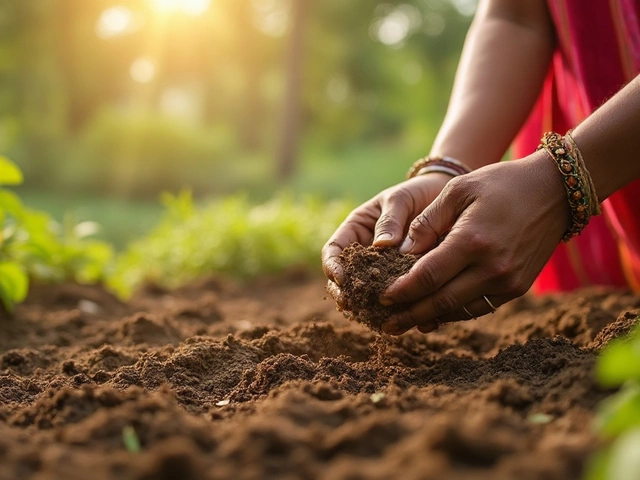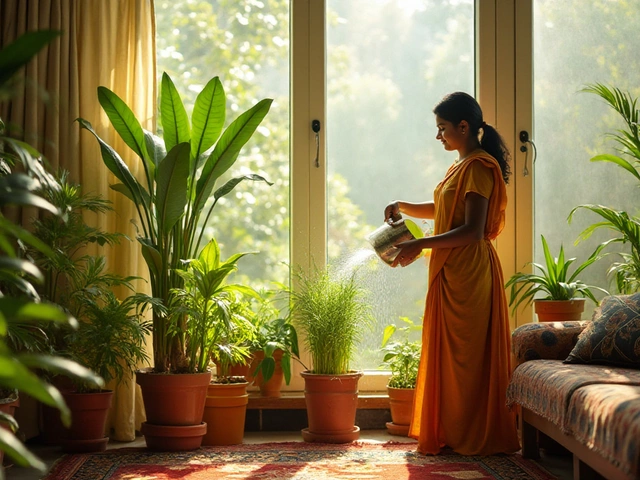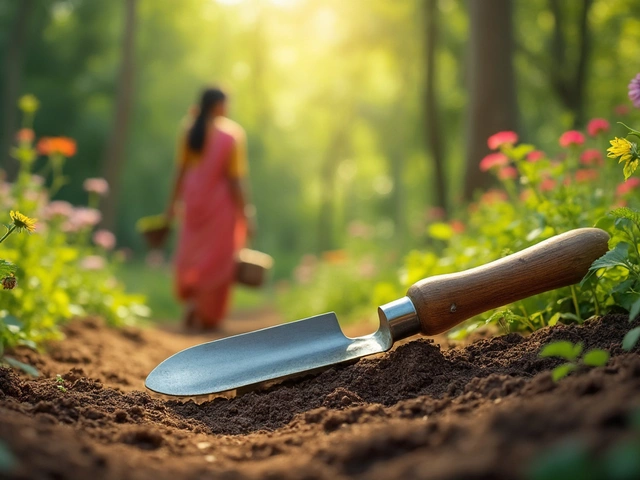Sprinkle Irrigation: Easy Ways to Water Your Garden Right
Sprinkle irrigation is a popular way to get water where plants need it. It works like a gentle rain, covering a wide area without over‑watering. If you set it up right, you’ll see healthier plants and lower water bills.
Most gardeners start with a basic sprinkler head and a timer. The timer makes sure you water at the same time each day, which helps plants develop a routine. You can find timers at any hardware store and they’re easy to program.
Choosing the Right Sprinkle System
First, think about the size of your garden. Small lawns need a single rotating head, while larger beds might need several pop‑up heads. Look for heads that have adjustable range so you can match the spray to your planting area.
Second, check the water pressure in your home. Some heads need higher pressure to work well. If your pressure is low, a low‑flow head will give you even coverage without wasted water.
Third, consider the climate. In hot, dry regions a finer mist can keep soil from drying out too fast. In cooler areas a wider spray works fine and helps the water reach deeper roots.
Installing and Maintaining Your Sprinklers
Start by marking where each head will go. Use a garden hose to trace the spray pattern before you drill any holes. This step saves you from moving heads later.
When you dig the holes, keep the top of the pipe level with the soil surface. Cover the pipe loosely at first so you can adjust the head angle later. Tighten the soil around the pipe once the head is set.
After installation, run the system for a few minutes. Walk the garden and watch for dry spots or overspray. Adjust the heads until the water lands where you want it.
Maintenance is simple but important. At the start of each season, clean the filter screens on each head. A clogged screen reduces flow and can cause uneven watering.
Check for leaks in the tubing or connections every few weeks. A small leak can waste a lot of water over time. Tighten any loose fittings and replace cracked tubes.
If you use drip tape or drip lines together with sprinkle heads, make sure they’re buried at the right depth. Too shallow and they get damaged; too deep and the water takes longer to reach the roots.
Finally, set your timer based on the season. In summer you may need 15‑20 minutes a day, while in winter a short burst once a week can be enough. Adjust the schedule as rainfall changes.
With these steps, sprinkle irrigation becomes a low‑effort, high‑reward way to keep your garden green. You’ll save water, protect the environment, and enjoy a thriving garden without the guesswork.

Understanding the Differences Between Sprinkle and Drip Irrigation
Sprinkle and drip irrigation are popular watering methods each suited to different needs. Sprinkle irrigation mimics natural rainfall, covering larger areas, while drip irrigation delivers water directly to the roots. Choosing the right system depends on factors like the size of the area, water efficiency, and types of plants. Understanding these differences helps optimize water usage and ensure healthy plant growth.
About
Drip Irrigation
Latest Posts


Self-Sustaining Garden: How to Start One the Easy Way
By Alden Thorne Jun 18, 2025

Reviving Indoor Plants: Expert Tips for Lush Greenery
By Alden Thorne Dec 14, 2024

Discover the Most Crucial Gardening Tool for Success
By Alden Thorne Apr 14, 2025
